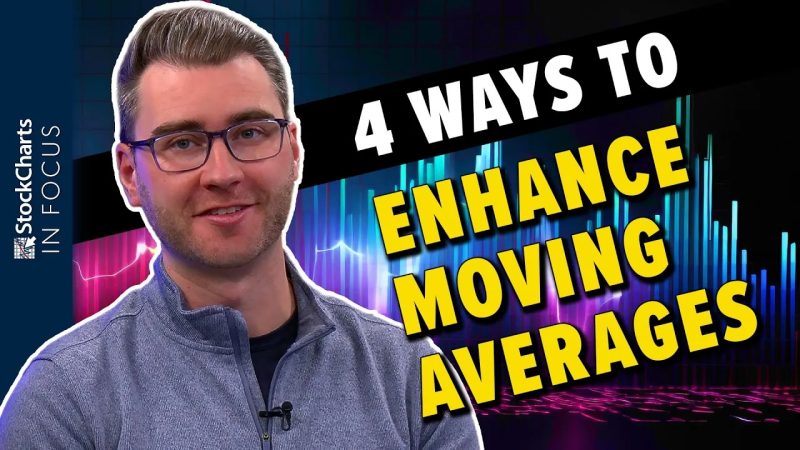### 1. Customizing Averaging Periods
One way to enhance the moving averages on your charts is by customizing the averaging periods. Traditional moving averages usually come preset with common periods such as 50, 100, or 200. However, by customizing these periods to match your specific trading style or the market conditions you are observing, you can potentially increase the accuracy of your analysis. For example, shorter averaging periods like 5 or 10 can capture more immediate price changes, making them suitable for day traders looking for quick movements. On the other hand, longer averaging periods like 50 or 200 are better for capturing long-term trends, suiting swing or position traders.
### 2. Using Different Types of Moving Averages
Another method to enhance the moving averages on your charts is to experiment with different types of moving averages. Besides the commonly used simple moving average (SMA), traders can also utilize exponential moving averages (EMA) or weighted moving averages (WMA). EMAs place more weight on recent data points, making them more responsive to price changes compared to SMAs. On the other hand, WMAs assign more weight to the most recent data, giving greater importance to the latest price action. By using a mix of these moving averages or combining them with SMAs, traders can get a more comprehensive view of the market movements and potential trading opportunities.
### 3. Adding Multiple Moving Averages
Enhancing your chart analysis can also involve adding multiple moving averages to your charts. By overlaying different moving averages with varying periods on the same chart, traders can identify cross overs, divergences, and trends more effectively. For instance, by combining a fast-moving average like a 10-period SMA with a slower-moving average like a 50-period SMA, traders can pinpoint potential entry and exit points based on the interactions between the two averages. Additionally, using multiple moving averages can help traders confirm trends or reversals, providing more robust signals for decision-making.
### 4. Applying Moving Averages with Other Technical Indicators
Lastly, to further enhance the effectiveness of moving averages on your charts, consider combining them with other technical indicators. By integrating moving averages with tools like Relative Strength Index (RSI), Moving Average Convergence Divergence (MACD), or Bollinger Bands, traders can gain deeper insights into market dynamics and potential changes in price direction. For example, using a moving average crossover strategy in conjunction with RSI overbought or oversold signals can help validate trading decisions and increase the probability of successful trades. Experimenting with different combinations of moving averages and technical indicators can significantly improve the accuracy and reliability of your chart analysis.
In conclusion, enhancing the moving averages on your charts requires a combination of customization, experimentation, and integration with other technical tools. By tailoring averaging periods, exploring different types of moving averages, adding multiple averages, and combining them with complementary indicators, traders can elevate their chart analysis and make more informed trading decisions in dynamic market environments.
